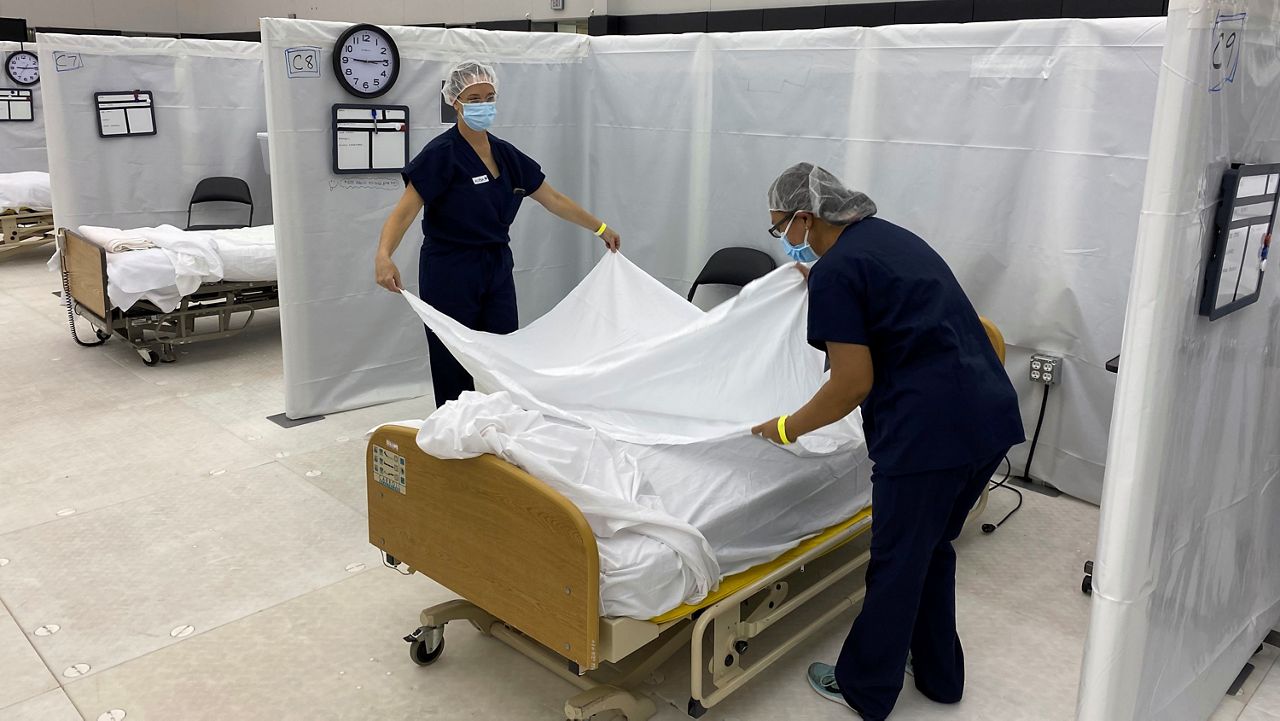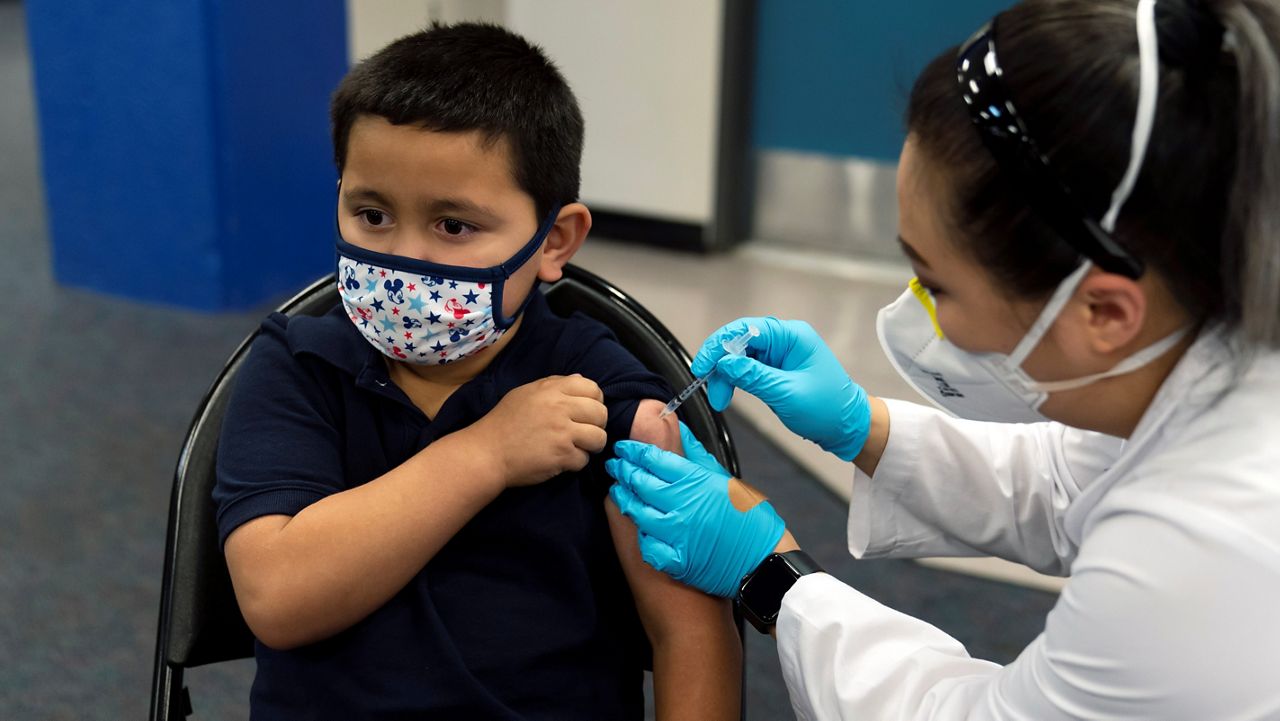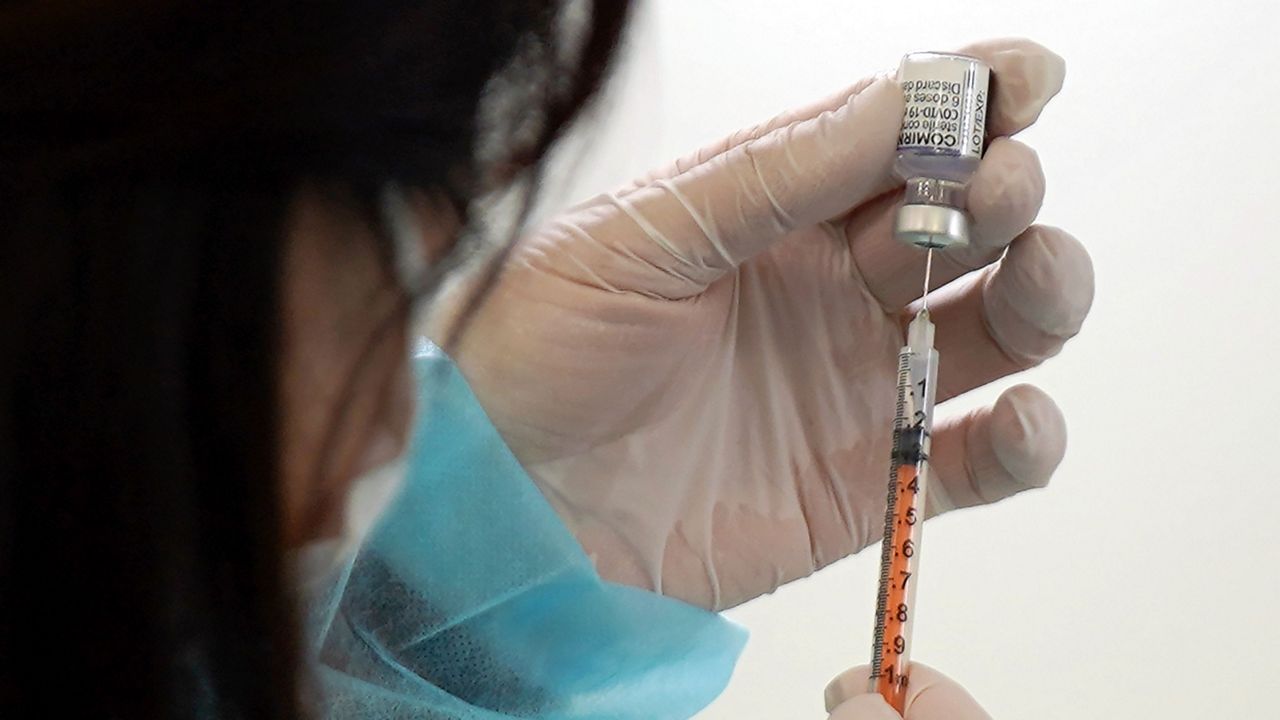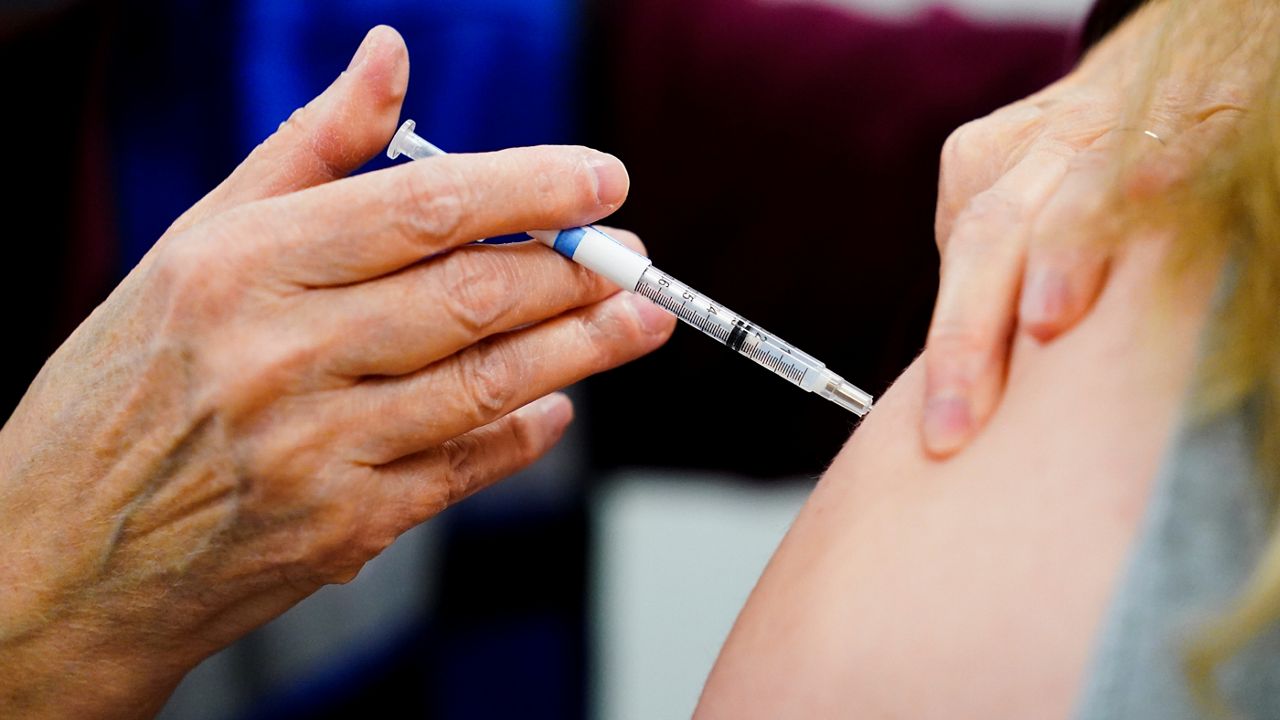The coronavirus, in all its various variants, arrived in the United States more than two years ago. The response from states and the federal government have evolved along with the virus.
It’s become clear that COVID-19 is not going anywhere, public health experts say. But the biggest question remains, when will the virus move from a pandemic to being endemic, similar to the annual flu?
“It’s pretty clear that human behavior is seasonal. It’s still unclear whether COVID itself is going to turn into something seasonal. That’s something to keep our eyes on. The key thing is a level of immunity where basically we can go about our daily lives,” said Dr. Jonathan Quick, an expert on epidemics at Duke University.
The latest surge, fueled by the highly transmittable omicron variant, has broken case number records across the country and once again overwhelmed hospitals.
Doctors say omicron does appear to be less severe, but the sheer number of people getting the virus means even more people are ending up in the hospital, including intensive care units.
“I do feel we’re moving into a transition phase in the pandemic, and I do think omicron represents a major move towards endemicity. That’s my optimistic outlook at the moment,” said Dr. Christopher Woods, who is also a doctor at Duke.
“The strain is clearly more transmissible,” Woods said. ”It doesn’t appear to result in severe disease as often as its earlier iterations. Let’s be clear: That doesn’t mean it won’t cause severe disease, particularly in the unvaccinated or vulnerable populations.”
The coronavirus numbers do appear to be hitting a plateau in the United States, Woods said. And at least in the short term, those high numbers mean that more people will have immunity to the virus, he said.
The goal now for doctors and public health leaders is not to make the coronavirus disappear but to get society to a point where people can live a more normal life.
“What we can’t do is drop back into complacency and say, ‘Oh, the war is won.’ This has been too mercurial a virus for that to happen,” Quick said. He pointed to last summer, when virus cases dropped significantly but then came roaring back with the delta variant.
“The good news is an increasing population immunity from vaccines and natural infection are protecting more and more people around the globe. And new therapeutics are opening windows for treatment,” he said.
“This added immunity from people recovering from omicron infections represents an opportunity for us. That’s an opportunity to continue using the safe and effective vaccines we have to suppress future waves of COVID-19 to progress towards endemicity,” said Lavanya Vasudevan, a public health expert at Duke.
Most of the people ending up in intensive care units from the coronavirus are unvaccinated, she said.
“There is no doubt in my mind that vaccines will continue to play a central role in our fight against COVID-19 as we transition to an endemic phase. The vaccines we have, particularly here in the U.S., have excellent safety profiles and effectiveness to prevent severe COVID infections and death,” she said.
But the coronavirus has repeatedly shown that it’s a global issue, and variants can quickly jump borders and continents. All three experts from Duke, speaking to reporters this week, agreed that COVID-19 requires a global response.
That response includes global virus surveillance and an early warning system for new variants.
“We need ongoing surveillance. We really need much more systematic global testing to monitor. And have to have public health officials with a better sense of how to respond. Because you can’t catch up. We’ve seen over and over again, states and countries that say, ‘Well, let’s see how it goes.’ No. You don’t get a do-over once you let it get ahead,” Quick said.
The world has the tools now to stop the pandemic, he said.
“What this new normal looks like, and how quickly we get there, will basically depend on two things: One is what the virus does – and so far it has been predictably unpredictable, and what humans do. What government leaders do, what public health officials do, what we continue to do in the scientific and development community, and what the public does,” Quick said.
Moving into the endemic phase means getting more people around the world vaccinated, public health experts say.
“The array of vaccines that we have is not what we need to get us to an endemic phase. The efficacy varies a lot among the different vaccines,” Quick said. “Vaccine development up to now has been driven very quickly and effectively by a competitive approach. Now, we really need an approach to get the best possible vaccine.”
“We’re not going to be able to maintain vaccination protection or even for the highest risk populations worldwide if we have to have a booster every six or even 12 months,” he said.
But cases from the latest surge appear to be leveling out in the United States, and if people stay vigilant, with vaccines and other public health precautions, the pandemic could finally move into an endemic phase in the United States and around the world.









